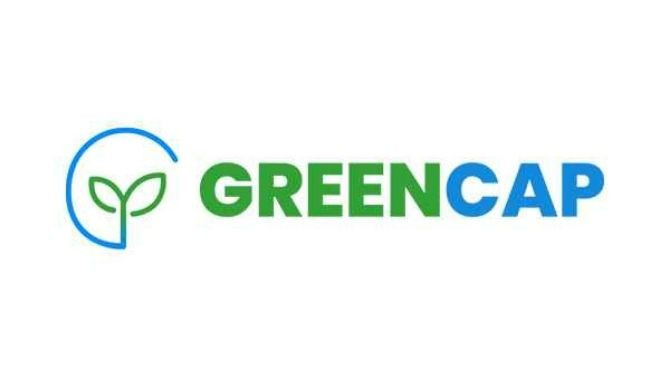views

Humans, animals, plants, and other living creatures require a specific environment to survive. Our planet has been heating up at a considerably faster rate than before the Industrial Revolution in the 1800s. Continuous usage of fossil fuels has resulted in the emission of carbon dioxide into the atmosphere, which is warming the earth's surface. Extreme weather patterns have resulted in floods, droughts, and rising sea levels. While we will not be able to undo the harm, we can significantly reduce climate change by implementing green solutions in order to stay within the carbon budget.
Innovative mitigation and adaptation strategies, such as Carbon Capture and Sequestration (CCS), require investment to help us meet the 2-degree global warming target while also adapting to harsh weather changes. Green project finance encourages developing nations to pursue low-emission and climate-resilient development paths by assisting them in limiting or reducing their GHG emissions.
Credit risk in sustainable investment...
Banks are key contributors to economic growth and development because of their role in mobilizing financial resources and allocating them to productive projects. Because it is encoded in obligor credit assessment methods as well as calculations during credit profile, the funding comes with credit risk for banks.
This credit risk pales in comparison to the dangers that businesses and banks would face if the carbon budget is not aggressively addressed through pathways defined by the Intergovernmental Panel on Climate Change (IPCC). Banks must now factor in both transitional and physical risks to obligors' assets when making lending decisions and pricing credit facilities.
Government measures can assist banks in de-risking green projects. Border Carbon Agreements (BCAs), an environmental trade policy that imposes taxes on imports and sometimes provides refunds on exports, are examples of such instruments. This effectively distributes the expense of climate policy from one country to another.
The EU, the US, and the United Nations have all developed particular green funding schemes to help finance green development in their respective regions.
The United Nations Environment Programme (UNEP) manages the ‘Seed Capital Assistance Facility’ (SCAF), a multi-donor trust fund managed by the German Federal Environment Ministry and the British Department for International Development (DFID). SCAF is one of the few facilities in Sub-Saharan Africa and Southeast Asia that supports early development of renewable energy projects.
The ‘European Green Deal’ seeks to provide EUR1.5 billion to support renewable energy, energy storage, and CCS technologies.
In the US, the Biden/Harris administration announced a $100 million investment from the Department of Energy (DoE), to:
-
Build low-cost zero-carbon on-road transit systems
-
Provide affordable refrigeration, air-conditioning, and heat pumps without harmful refrigerants
-
Introduce innovative soil management and agricultural techniques to remove carbon dioxide from the air and store it underground
-
Create energy system management tools to plan and operate a grid powered by zero-carbon power plants
Companies that invest early in adaptation and mitigation programs will save money in the long run while earning a market share in the green economy. This allows financial institutions to incentivize sustainability throughout their balance sheets and loan pricing.
Banks can construct and design economic scenarios to quantify the impact of climate change on their customers' credit profiles using GreenCap's Risk as a Service (RaaS).
Visit GreenCap.live for further insights.
GreenCap Logo












